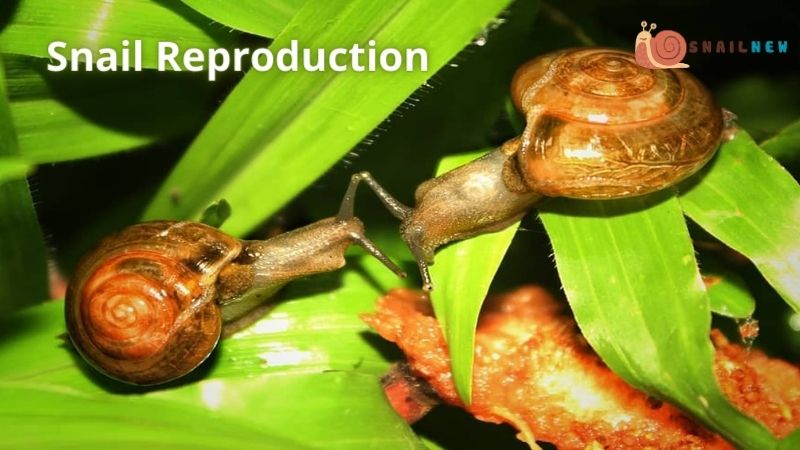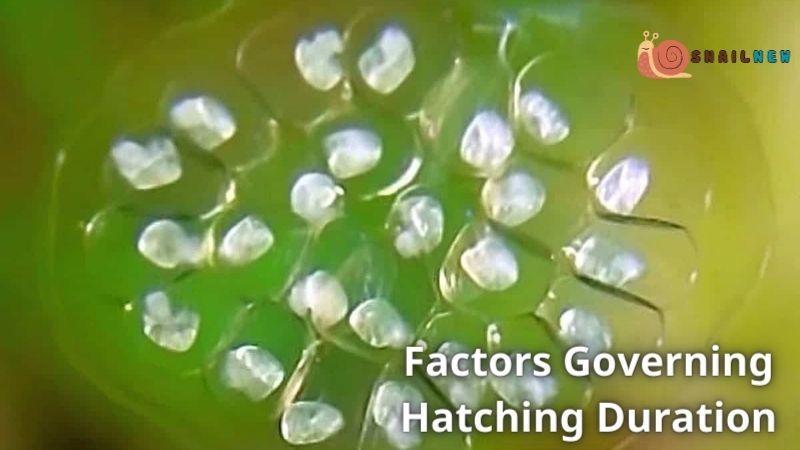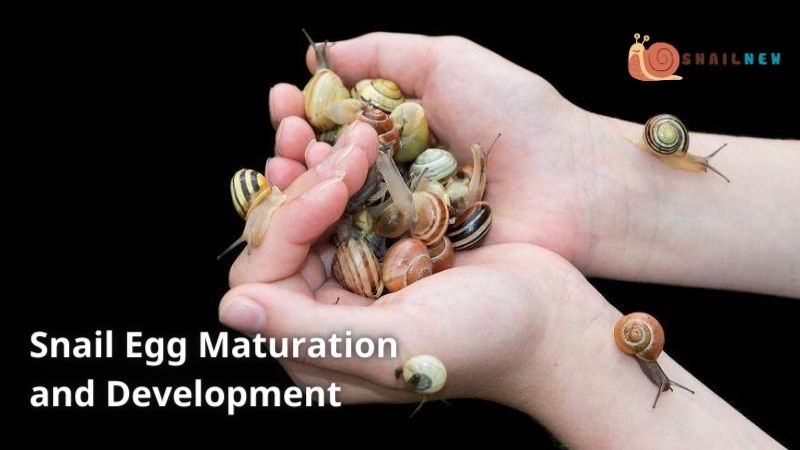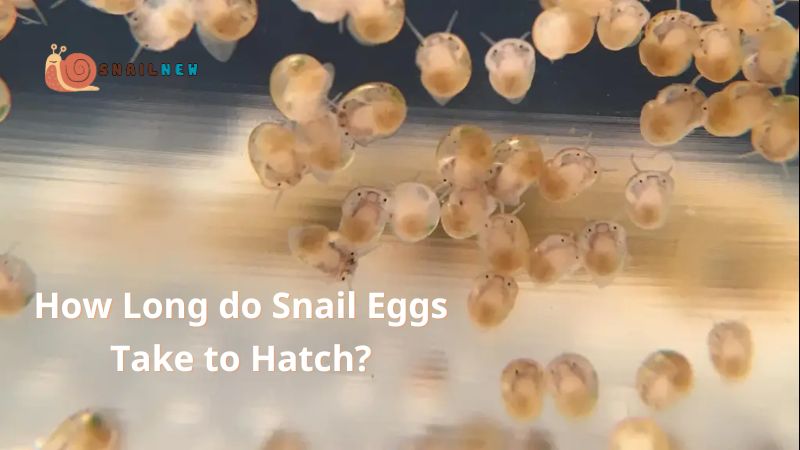In the realm of nature’s wonders, the seemingly mundane often harbors profound complexities. Snails, with their unhurried demeanor, are no exception. Within their world lies a captivating saga of reproduction, with the hatching period of snail eggs serving as a focal point of intrigue. How long do snail eggs take to hatch? This query by Snailnew serves as the gateway to unraveling the enigmatic journey of snail reproduction.
Table of Contents
ToggleUnraveling Snail Reproduction:
Belonging to the Gastropoda class, snails exhibit a remarkable diversity comprising numerous species, each distinguished by its distinctive features. Despite this wide-ranging variety, a unifying characteristic unites their reproductive mechanisms. Snails, being hermaphrodites, possess both male and female reproductive organs within a single individual, enabling the mutual exchange of gametes during mating encounters, a process known as reciprocal fertilization. This remarkable adaptation underscores the versatility and efficiency of snail reproduction within their ecological niches.

Mating Rituals and Egg Deposition:
Mating among snails is a multifaceted affair, often adorned with elaborate courtship rituals. Following copulation, each snail has the capacity to lay eggs, typically in damp habitats conducive to their development. These eggs are deposited in clusters, ensconced within a gelatinous matrix to shield them from desiccation. And thus begins the countdown: how long do snail eggs take to hatch?
How Long do Snail Eggs Take to Hatch? Factors Governing Hatching Duration:
The incubation period crucial for snail eggs to hatch is significantly influenced by various factors. Primarily, temperature plays a pivotal role, as warmer climates tend to accelerate the hatching process, contrasting with cooler environments that may prolong incubation. Moreover, ambient humidity levels and other environmental variables also contribute to shaping the timeline of hatching. These multifaceted influences collectively underscore the intricate interplay between environmental conditions and the developmental milestones of snail reproduction.

Species-Specific Variances:
The hatching period of snail eggs exhibits notable variability across species. For instance, the ubiquitous garden snail (Cornu aspersum) typically completes egg hatching within a span of two to four weeks under optimal conditions. Conversely, certain aquatic snails boast accelerated hatching times, with eggs yielding progeny in as little as one week.
Adaptations for Survival:
The duration of the hatching period in snails is far from arbitrary; rather, it is intricately linked to the survival imperatives of their offspring. By timing hatching to coincide with favorable environmental conditions, snails effectively mitigate the risks of predation and maximize the availability of resources for emerging hatchlings. Consequently, in environments where hatching periods are shorter due to conducive conditions, snails gain an evolutionary advantage, enhancing their chances of species perpetuation and adaptation to their ecological niche.
Parental Investment:
Though devoid of conventional parental care, snails invest considerable energy into egg deposition and protection. The gelatinous encapsulation surrounding snail eggs serves as a bastion against predators and aids in maintaining optimal moisture levels essential for embryonic development. This investment underscores the paramount significance of successful hatching in the life cycle of snails.
Egg Maturation and Development:
Within the confines of their protective casings, snail eggs undergo a marvel of biological transformation. Embryonic development unfolds in a sequential manner, with each stage heralding the acquisition of vital anatomical structures and physiological functions. As the denouement approaches, metabolic activity surges, preparing the embryo for its imminent emergence.

Sensitivity to Environmental Cues:
Snails exhibit a remarkable acuity to environmental cues, which serve as harbingers of the optimal hatching period. Fluctuations in temperature, humidity, and photoperiod trigger physiological responses culminating in the initiation of hatching. This attunement ensures that snail offspring emerge into a hospitable milieu conducive to their survival and growth.
The Moment of Emergence:
At the culmination of the designated incubation period, the long-awaited moment arrives: snail eggs begin to hatch. Depending on the species, hatching may unfold gradually or synchronously within a cluster. Newly hatched snails, termed juveniles or hatchlings, emerge from their protective confines, poised to embark on their odyssey of survival and maturation.
Continuity of Life Cycle:
With the advent of hatching, the continuum of life persists for snails. Juvenile snails encounter an array of challenges as they navigate their environment, from evading predators to securing sustenance. Yet, armed with innate behaviors and adaptive mechanisms honed through eons of evolution, many snail offspring flourish, maturing into reproductive adults and perpetuating the cycle anew.
Conclusion:
The journey how long do snail eggs take to hatch represents a pivotal juncture in the life saga of snails, replete with intricacies and adaptations finely tuned for survival. Delving into the factors underpinning the hatching period of snail eggs unveils insights into the intricacies of reproduction in these diminutive marvels of nature. So, how long does it take for snail eggs to hatch? As we’ve discerned, the answer is a tapestry woven from a symphony of environmental cues, species-specific traits, and adaptive strategies sculpted by evolutionary pressures. In the realm of snails, even the ostensibly mundane act of egg hatching unfolds as a testament to the awe-inspiring resilience and ingenuity of life.


